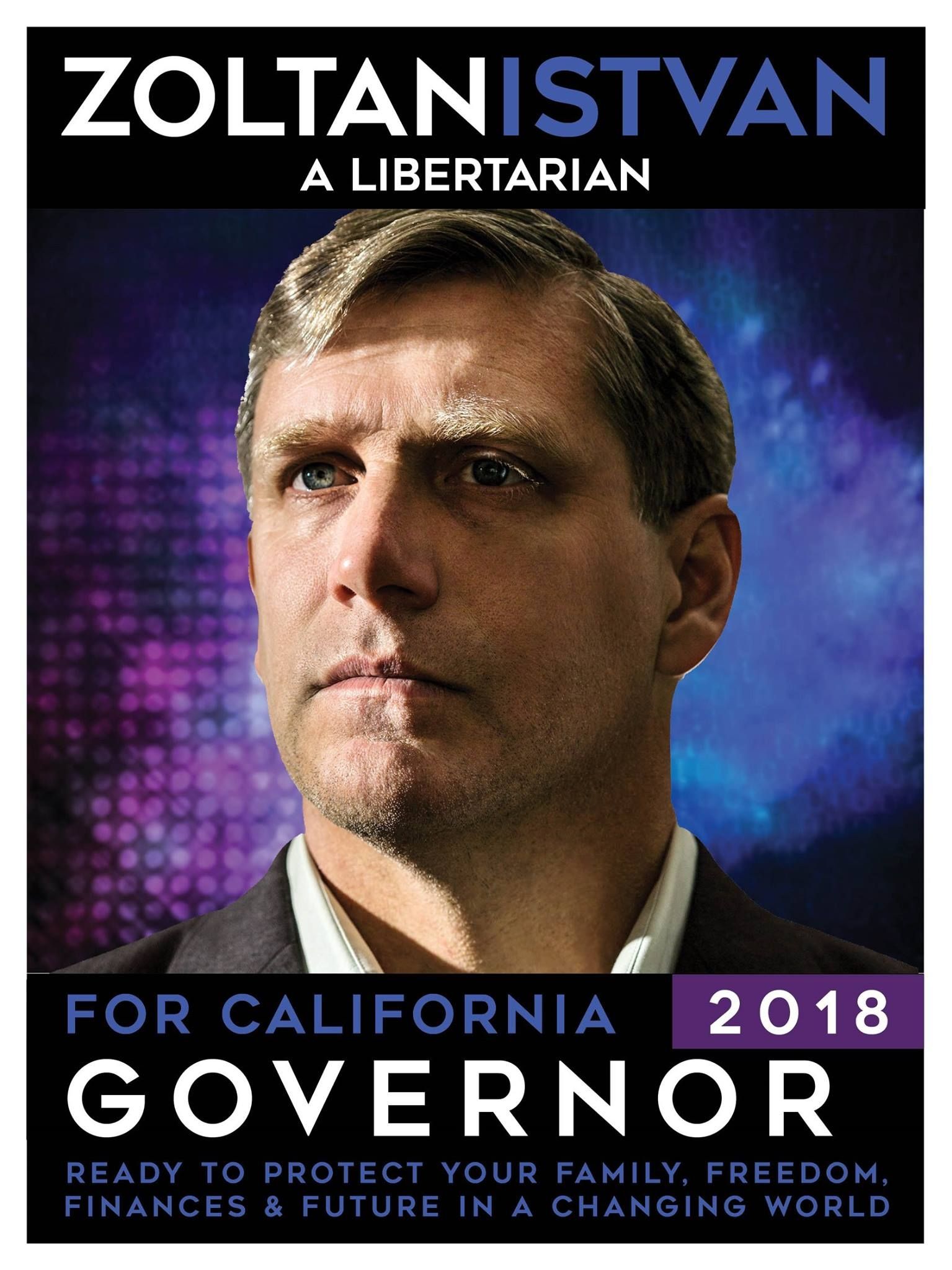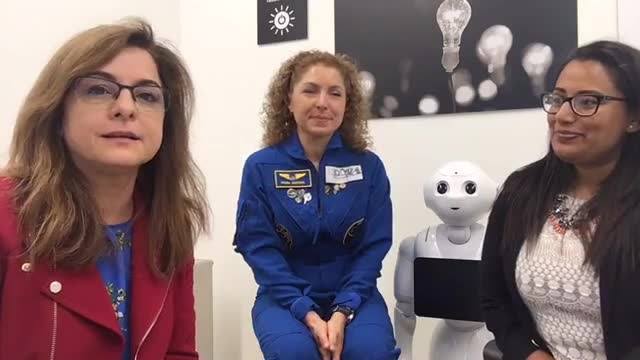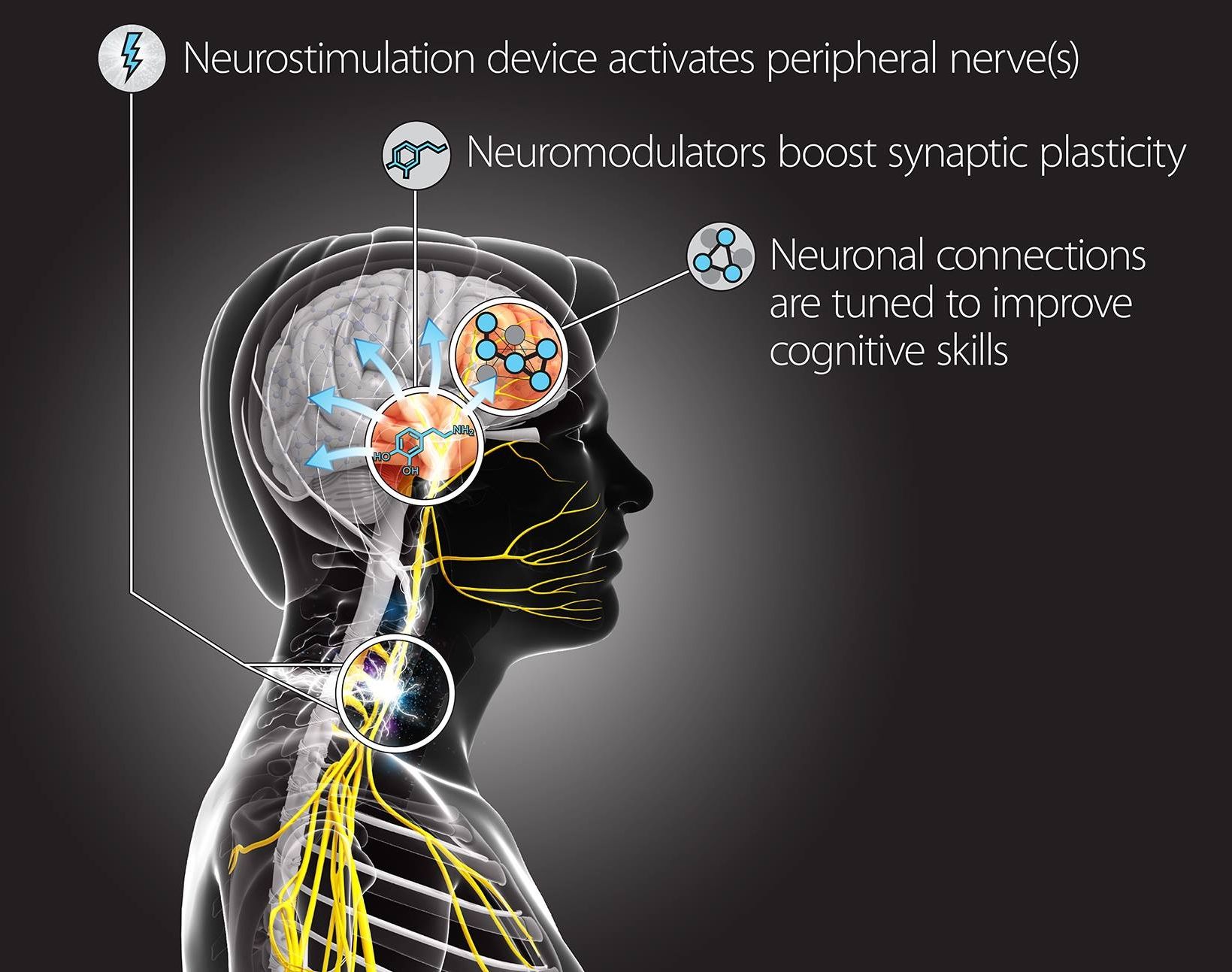Apr 28, 2017
I’m giving a short talk tonight at the California Libertarian Party Convention 2017 at 8:30PM in the first speech of my Governor run
Posted by Zoltan Istvan in category: futurism
It’s at the opening evening reception. I’m also giving a formal 45-min talk tomorrow at 1:30PM. Join me at the Santa Clara Marriot in San Jose for the convention. https://ca.lp.org/speakers/ www.zoltanistvan.com

















